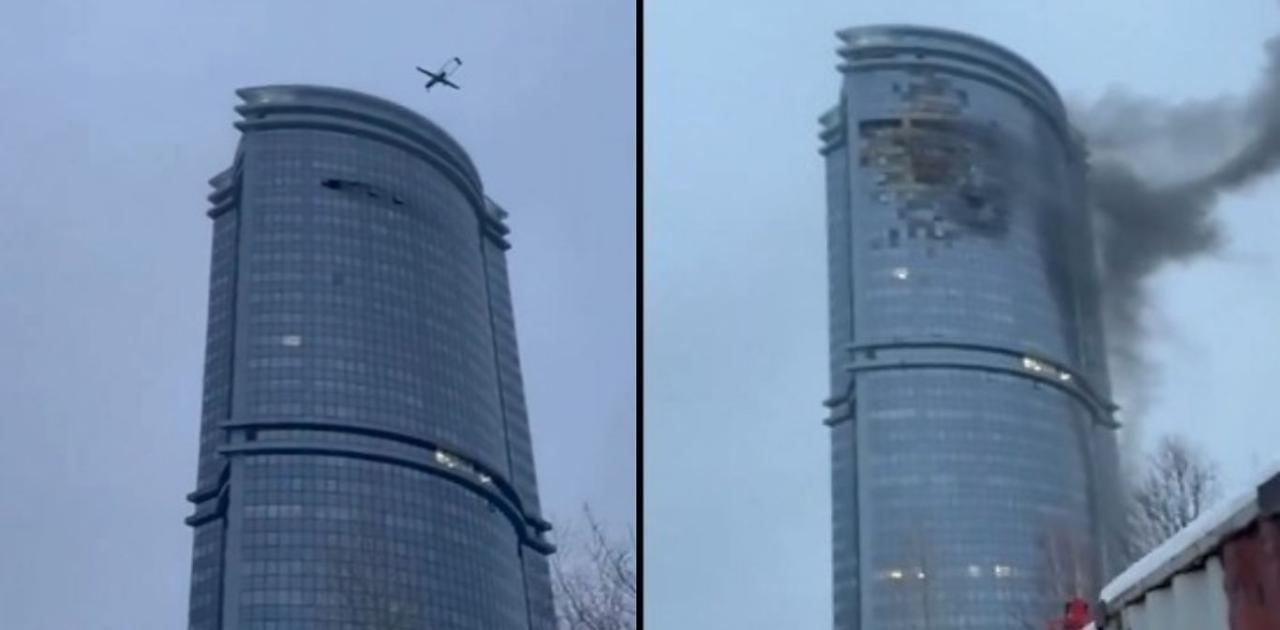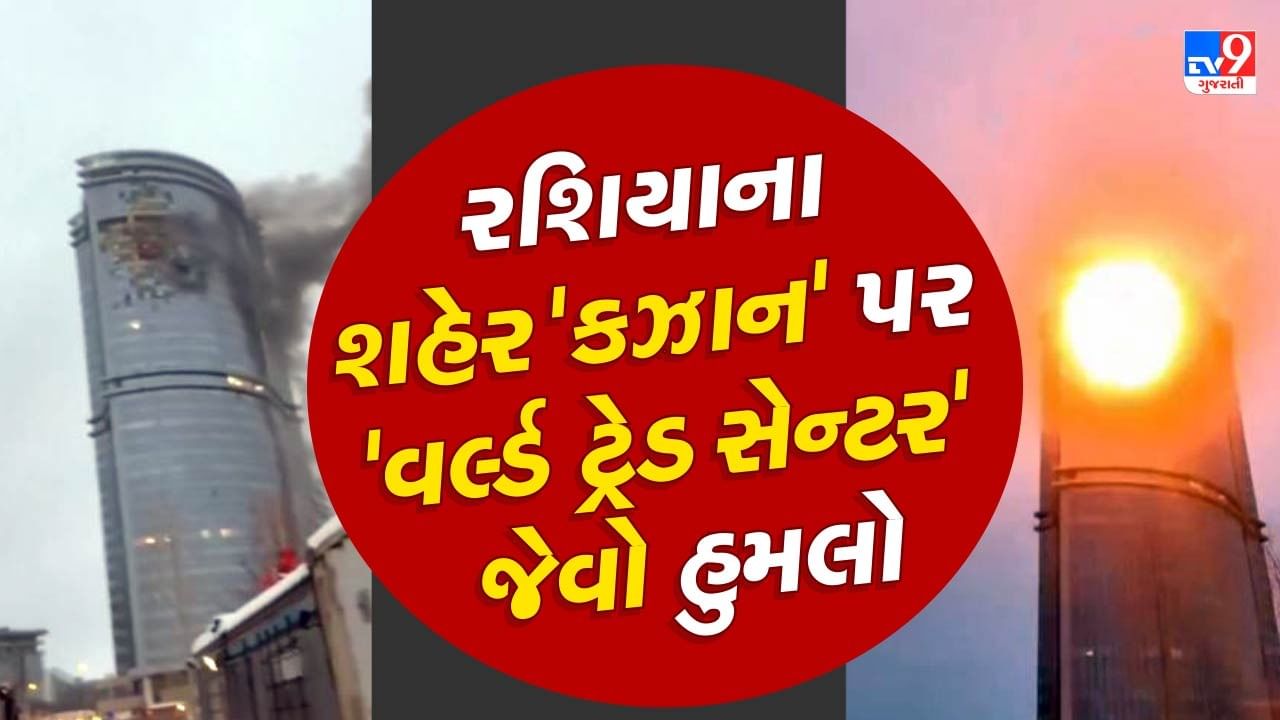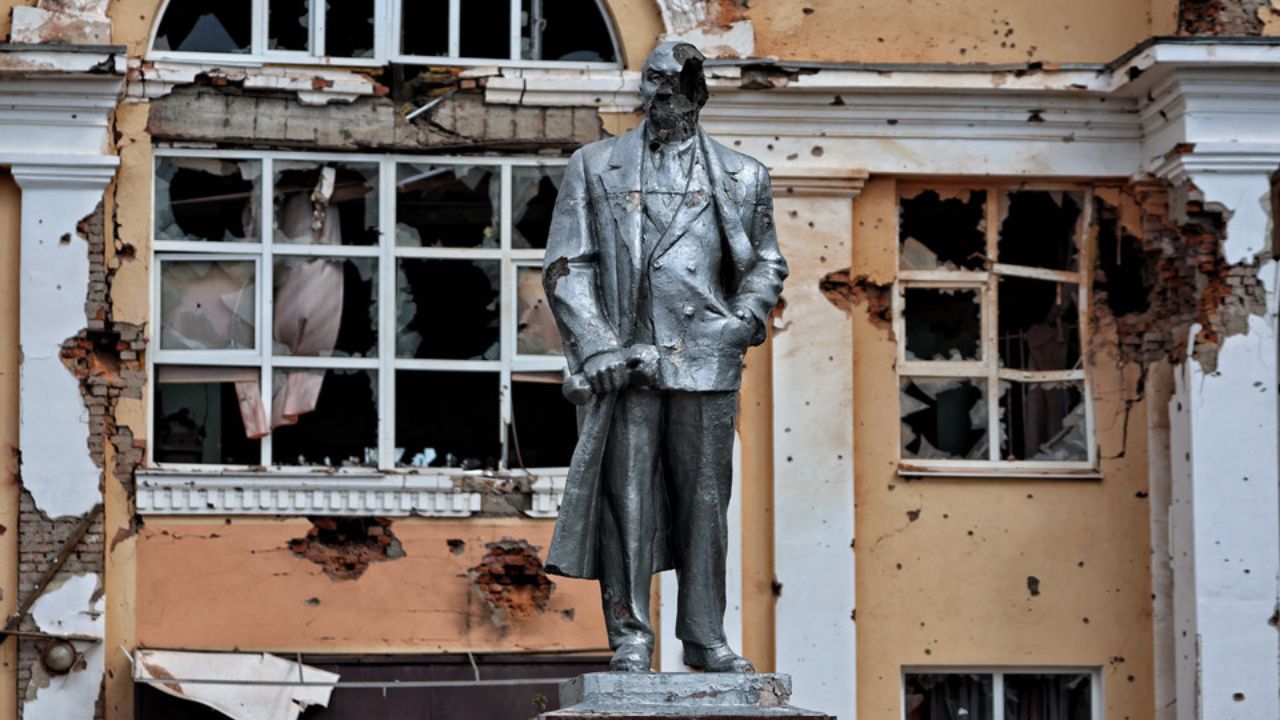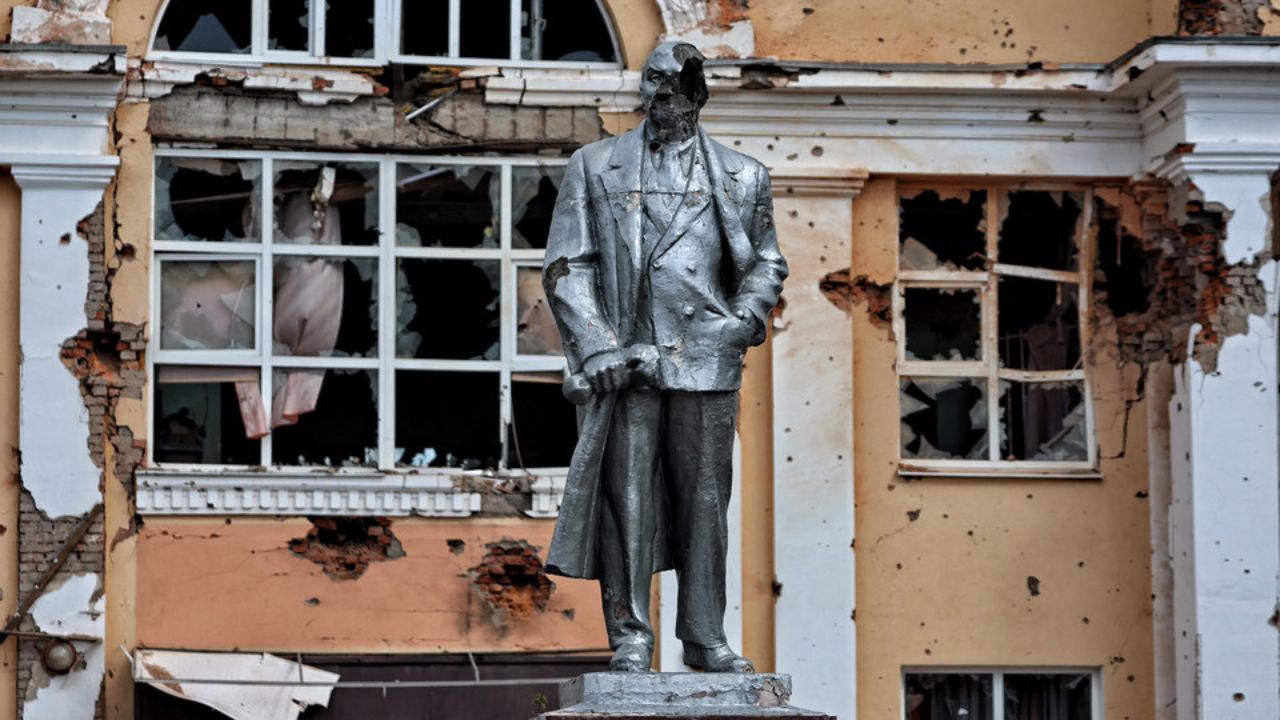Kazan drone attack: The alleged incident in Kazan has sparked international concern, raising questions about drone technology, urban security, and geopolitical implications. This analysis delves into the circumstances surrounding the event, examining the reported damage, casualties, and the ongoing investigations. We will explore the technological aspects of the attack, including potential drone types and deployment methods, as well as the security and defense implications for urban environments.
The recent drone attack on Kazan highlights the increasing vulnerability of major cities to aerial threats. Understanding the technology behind such attacks is crucial, and researching the capabilities of various drone systems, such as those offered by sky elements drones , provides valuable insight into potential countermeasures. This knowledge is essential for developing effective defenses against future drone-based attacks on Kazan and other urban centers.
Furthermore, we will consider the geopolitical context, public perception, and the potential long-term consequences of this incident.
The investigation into the Kazan drone attack involves piecing together fragmented information from various sources, including official statements, media reports, and eyewitness accounts. Analyzing these sources, and considering the technological capabilities of modern drones, helps paint a clearer picture of the event’s unfolding and its potential ramifications. This analysis aims to provide a comprehensive overview, addressing key questions surrounding the incident and its broader implications.
The Kazan Drone Attack: An Analysis
The alleged drone attack on Kazan, while still under investigation, presents a significant event demanding careful analysis. This examination will explore the incident’s technological aspects, security implications, geopolitical context, public perception, and investigative efforts, providing a comprehensive overview of this evolving situation.
The Event: Kazan Drone Attack Overview
Reports suggest a series of drone incursions targeted Kazan, resulting in varying degrees of damage and raising concerns about urban airspace security. The exact number of drones involved and the precise nature of the targets remain subjects of ongoing investigation. Initial reports indicated minor damage to infrastructure, with no significant casualties reported. The timeline began with initial reports surfacing on [Insert Date], followed by official statements from authorities and ongoing investigations.
| Date | Event | Location | Outcome |
|---|---|---|---|
| [Insert Date] | Initial reports of drone activity | Kazan, Russia | Unconfirmed reports of minor damage |
| [Insert Date] | Official statement from authorities | Kazan, Russia | Confirmation of incident, investigation launched |
| [Insert Date] | [Insert subsequent event] | [Insert Location] | [Insert Outcome] |
Technological Aspects of the Attack
The drones involved likely belonged to a class capable of carrying small payloads and operating autonomously or semi-autonomously. Quadcopter or multirotor designs are plausible given their maneuverability and relative ease of operation. Deployment could have involved launching from a concealed location, potentially using GPS coordinates for navigation. The technological challenges involved include overcoming anti-drone measures, maintaining stable flight in urban environments, and ensuring successful payload delivery.
A hypothetical scenario could involve a swarm of commercially available drones modified to carry small incendiary devices. These drones could be launched from multiple locations, utilizing GPS navigation and coordinated flight paths to overwhelm defenses. The drones would employ evasive maneuvers, exploiting blind spots in surveillance systems to reach their targets before being neutralized.
Security and Defense Implications, Kazan drone attack
The incident highlights the need for robust drone detection and defense systems in urban areas. Current technologies, including radar, radio frequency detection, and optical sensors, offer varying degrees of effectiveness. Weaknesses exposed include potential blind spots in surveillance coverage and the challenge of identifying and neutralizing multiple drones simultaneously. Improving urban airspace security requires a layered approach combining advanced detection systems with effective countermeasures.
- Enhanced radar and sensor networks
- Development of more effective jamming and disruption technologies
- Improved coordination between security agencies
- Public awareness campaigns on responsible drone usage
Geopolitical Context and Reactions

The alleged attack carries significant geopolitical implications, particularly given the ongoing conflict in Ukraine. Official responses from various governments and international organizations have varied. Some have expressed concern about the incident, while others have remained cautious, awaiting further investigation. The long-term consequences may include increased investment in anti-drone technologies and a heightened focus on urban airspace security.
Public Perception and Media Coverage

Media coverage of the incident has been diverse, with some outlets emphasizing the potential threat to civilian infrastructure, while others have focused on the technological aspects of the attack. Public reaction has ranged from concern to skepticism, with some questioning the official narrative. The potential for misinformation and disinformation campaigns surrounding the event necessitates critical evaluation of information sources.
The recent drone attacks on Kazan highlight the increasing vulnerability of civilian infrastructure to unmanned aerial vehicles. Understanding the technological capabilities of such drones is crucial, and resources like the high-resolution imagery available from the cobequid pass camera offer valuable insights into drone surveillance and potential countermeasures. This type of advanced monitoring technology could prove beneficial in assessing and mitigating the risks posed by future attacks like those seen in Kazan.
- Concerns about urban airspace security
- Debate over the effectiveness of current anti-drone technologies
- Speculation about the identity and motives of the perpetrators
Investigative Aspects and Potential Perpetrators

Investigations are ongoing, focusing on analyzing drone wreckage, reviewing surveillance footage, and interviewing witnesses. Motives could range from political activism to criminal activity. Identifying the perpetrators will require meticulous forensic analysis and intelligence gathering. The evidence gathered will be crucial in determining responsibility and preventing future incidents.
Illustrative Example: Hypothetical Drone Trajectory
Imagine a drone launched from a nearby wooded area, approximately 5 kilometers from the targeted building. The drone, a DJI Matrice 300 RTK modified for payload delivery, ascends to an altitude of 150 meters, maintaining a speed of 30 kilometers per hour. It utilizes a pre-programmed flight path, employing evasive maneuvers to avoid detection by radar systems. The drone approaches its target from an unexpected angle, deploying its payload before attempting a rapid descent and escape towards a pre-determined landing zone.
The Kazan drone attack serves as a stark reminder of the evolving threats posed by unmanned aerial vehicles in urban environments. The incident highlights the urgent need for improved drone detection and defense systems, enhanced security protocols, and a deeper understanding of the geopolitical implications of such attacks. Further investigation is crucial to determine the perpetrators, their motives, and to prevent similar incidents in the future.
The event underscores the complexities of modern warfare and the need for proactive measures to safeguard civilian populations and critical infrastructure.
Essential Questionnaire: Kazan Drone Attack
What types of damage were reported after the Kazan drone attack?
The recent drone attack on Kazan highlights the evolving nature of warfare and the potential for unmanned aerial vehicles to be used for malicious purposes. This contrasts sharply with the more peaceful applications of drones, such as the spectacular light shows, like the one showcased at the florida drone show , which demonstrate the technology’s potential for entertainment.
The Kazan incident underscores the urgent need for effective countermeasures against hostile drone deployments.
Reports varied, but some accounts mentioned damage to buildings and potential injuries, although the extent of the damage remains unclear pending official confirmation.
Who is suspected of being behind the Kazan drone attack?
The investigation is ongoing, and no definitive conclusions have been reached regarding the perpetrators or their motives.
What kind of drones are believed to have been used?
This information is currently unavailable pending the official investigation.
What security measures could have prevented or mitigated the attack?
Enhanced drone detection systems, improved airspace monitoring, and stricter regulations on drone usage are some potential measures.
